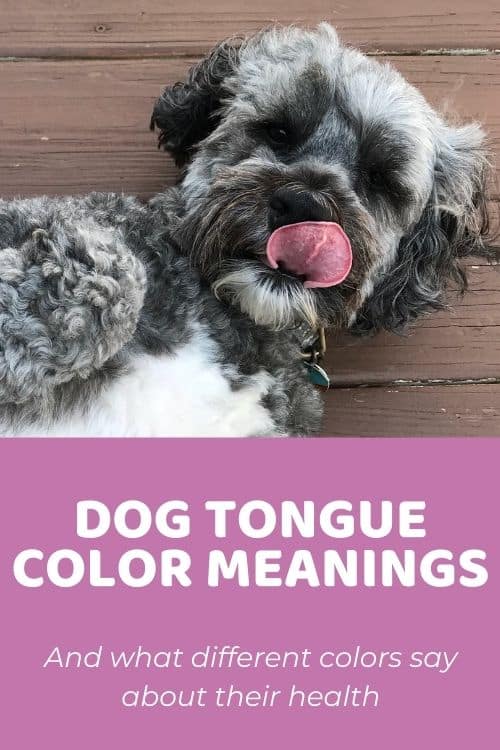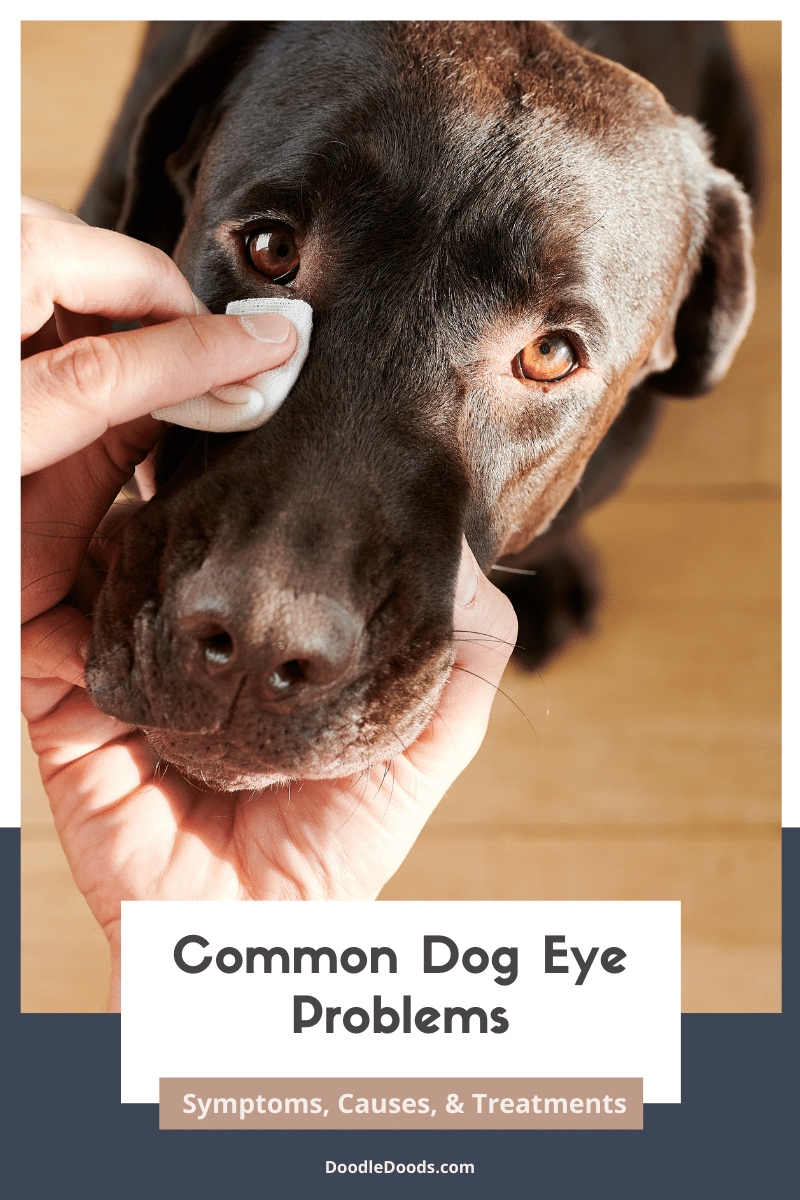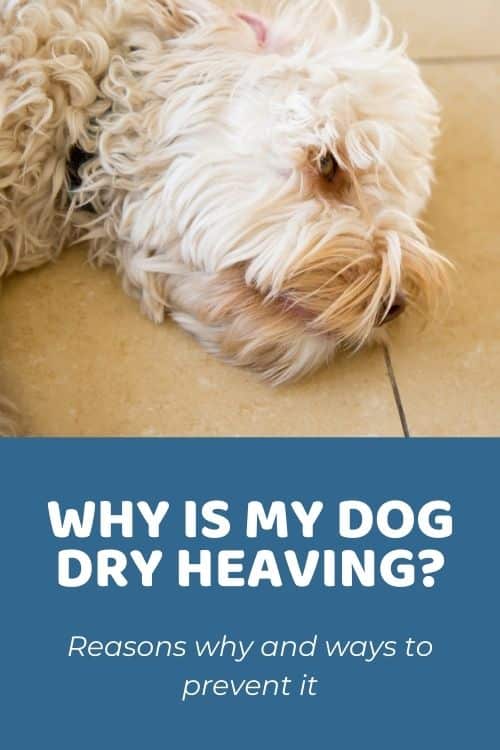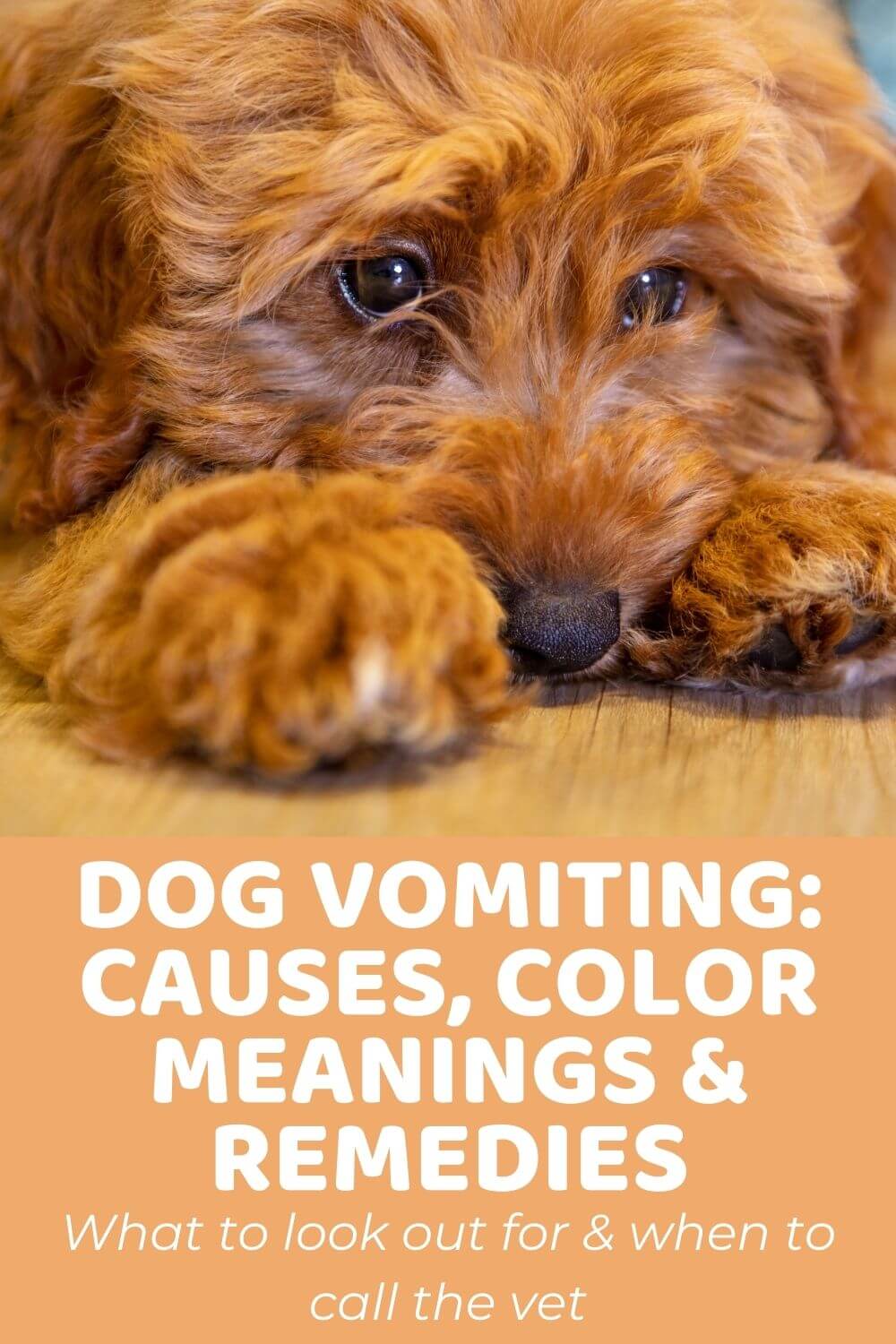A dog’s mouth is an excellent indicator of their overall health, even in the absence of any other apparent symptoms of illness. That’s why it’s a good idea to regularly give it a thorough check – usually during deep grooming (around once a month). Here we will take a look at what you should expect your pup’s tongue to look like, how to correctly care for it, as well as detailing what changes in dog tongue color could mean in terms of their health and what you should do about it.
Basic Anatomy of A Dog’s Tongue
The canine tongue is a highly moveable muscular structure that plays an essential role in everything from food manipulation to temperature regulation and more besides. With its thick root, long body, and thin apex, the tongue contains a complex network of blood vessels and taste buds as well as mucous membranes and glands.
You’ll know that licking and panting are two vital features of a dog’s tongue. Licking for grooming is your pup’s way of caring for themselves, but what you might not know is that this action also releases endorphins that help your pooch feel calmer and more relaxed. Panting is the canine equivalent of sweating – it allows your pet to cool down quickly.
Tongues are also crucial for communication. Mother dogs lick their puppies to stimulate bodily functions, and puppies lick each other to demonstrate affection. Pups may also lick one another to prove their submissiveness. Dogs will lick their injuries or show anxiety by licking their fur. They may even use their tongue to explore the world around them.
What Does Your Dog’s Tongue Color Mean
Color is one of the most obvious indicators of a problem with either your canine’s oral or general health. It can be used to identify an underlying condition long before there are any other signs. Remember that early treatment offers the best prognosis.
Before you rush off to the vet at the sign of a new color on your pet’s tongue, keep in mind that if your pup has been playing with a toy, the dye might also cause some discoloration of the tongue – as will certain foods. So, be sure this is not the issue first.
Here are some common canine tongue colors, along with what they mean and what, if anything, you should do about it.
Pink
This is the standard shade of a dog’s tongue unless you have a breed known to naturally have a blue or purple one. When your pup’s tongue is a lovely pink color, this means that they are in good health. You may notice some darker spots of color like blue or black. This usually just indicates there is a blue tongue breed in your pooch’s genetic history. However, if these spots suddenly appear or you are in any way concerned about them, chat to your vet. They could indicate some kind of trauma, such as bruising.
Blue/Purple
If your dog is not naturally blue or purpled tongued, it could be that something in their diet, such as beetroot, has caused this change. In this case, there is nothing to worry about. However, suppose your pup has been on their regular food and not had any additional snacks or treats that could account for this unusual coloring. In that case, it’s best to take your pet to the vet as soon as you can. A blue or purple tongue could indicate a lack of oxygen in your pet’s bloodstream (known as hypoxia) or an issue with their heart, lungs, or liver.

White/Pale
A paler-than-normal dog tongue could indicate an underlying health issue. In most cases, a pale or white tongue shows that the number of red blood cells your pup has is reduced somehow. In this way, it might be the case that your dog has anemia or even internal bleeding. A pale tongue could also be a symptom of immune function degradation, leukemia, poisoning, or an illness brought on by parasites such as ticks. Either way, you should take your pal to the vet for an immediate medical check-up.
Yellow
A yellow tongue is similar to what is known as jaundice in people (yellowing of the skin). This is most often a symptom of issues with the liver or gall bladder or gastritis malfunctioning. You’ll likely notice this yellow pigment in the gums, white parts of the eyes, in the ear flaps, and then in the skin. This condition will be more difficult to detect in dogs with naturally darker tongues, gum, and skin coloring. Still, if you think you can see yellow in any of these areas, you should take your pet off to the vet.
Red
While a darker pink tongue on your pooch may occur if they become a little overheated (if they are running a fever) or dehydrated, a red tongue is another matter entirely. It could be due to an injury if your dog has been licking any abrasive, for instance. So, see if you can see any signs of scratches. If the tongue is inflamed, it might be a bacterial infection. However, if the redness is accompanied by black spots, it could very well be a symptom of melanoma (a type of cancer). Again it’s best to check with your vet to be on the safe side.
Dog Tongue Color Chart
| Color | Possible Causes |
| Pink | Standard, healthy shade of a dog’s tongue |
| Dark Pink | Overheating or dehydration |
| Blue/Purple | If tongue is not naturally blue, could be due to food dye, or hypoxia |
| White/Pale | Anemia, internal bleeding, immune function degradation, leukemia, poisoning, or illness brought on by parasites such as ticks |
| Yellow | Jaundice caused by issues with the liver or gall bladder or gastritis malfunctioning |
| Red | Injury if your dog has been licking any abrasive, bacterial infection, or melanoma (a type of cancer) if the redness is accompanied by black spots |
Common Dog Tongue Health Conditions And Other Signs of Problems
While your pet’s tongue might be its usual hue, there could be other tongue issues to consider, including:
- Glossitis – a swelling of the tongue that indicates an oral infection. This may be accompanied by halitosis, excessive drooling, and cracks that appear on the tongue.
- Oral papillomatosis – a contagious viral disease that is most prevalent in young dogs. You’ll notice whitish, greyish, or flesh-colored warts on their tongue and possibly other areas of the mouth too.
- Ulceration – mouth ulcers can appear in any soft tissue, including the tongue. These painful spots, which can be caused by a variety of things, may cause issues with eating.
- Stomatitis – irritation, and inflammation of the tongue that can develop into a painful and debilitating condition. This can lead to ulcers on the tongue and elsewhere.
- Soft tissue trauma – damage to the tongue from your pet getting it trapped somewhere, for instance. You might notice bruise-like discoloration on the surface of the tongue.
- Tumors and cancers – there are various different cancers that can affect the tongue and present with different symptoms such as color changes and small growths.
How To Brush Your Dog’s Tongue
It’s a wise idea to look after your dog’s oral health in the same way you care for your own. As with humans, a dog’s tongue can harbor a whole host of nasty bacteria that could lead to problems like bad breath. Brushing your pet’s tongue with a soft toothbrush on a regular basis is a very good idea for helping to keep issues at bay. Just don’t use human toothpaste as it can be harmful to dogs.
If your pup is reluctant to let you anywhere near their mouth with a regular human toothbrush, there are now an array of dog toothbrushes, many of which that resemble chew toys. You might have better luck with one of these, as often, your pup simply needs to lick it for it to be effective. As you clean your pet’s tongue (and teeth), make sure to check for any color changes or other changes in the appearance of the tongue (as outlined above) that could indicate an issue.
Frequently Asked Questions About Dog Tongues
What does the color of a dog’s tongue mean?
Changes in your pet’s tongue, or other parts of their mouth, such as the gums, could be early indications of an underlying health problem. If you notice that your pal’s tongue is suddenly red, yellow, pale pink/white, or blue-purple (if it wasn’t before), you should take them in for a check-up.
What color is a healthy dog’s tongue?
Most dogs will have pink tongues – although the exact shade will vary from breed to breed. Some dogs, however, may have blue or purple tongues, and this is fine, too, as long as this is the color their tongue has always been. Mixed breed dogs may end up with darker splodges due to their genetic ancestry. You only really need to be concerned if your pet’s tongue suddenly changes color.
Why is my dog’s tongue purple?
As above, some dogs have naturally purple tongues – and this is absolutely fine. However, if your dog’s previously pink tongue changes to purple suddenly, there could be a serious issue. The first thing to rule out is that nothing in their diet is impacting their tongue color. If you are sure that’s the case, take them straight to the vet. A purple tongue could indicate issues with circulation or with their lungs, among other things.
Your dog’s tongue is not just necessary to their daily functioning, but it can be a great way of checking up on their health. Oral hygiene is something you should be taking care of for your pup on a regular basis. While you are there, it’s a good idea to check on any changes in the color, size, or general appearance of their tongue (as well as their teeth and gums). This is an excellent method for determining that your four-legged friend continues to live their best life for just as long as they can.
Learn How to Care for Your Doodle Puppy!

Perfect for first-time Doodle parents, get ALL your questions answered, including questions new Doodle parents don’t even think to ask.
Plus, get $700 worth of Bonus Materials for FREE, including:- Doodle Parenthood Community and Support Group ($190 value)
- Doodle Puppy Growth Tracker ($20 value)
- EMERGENCY Cheatsheet: When To Call The Vet Immediately ($50 value)
- HELP! Button ($145 value)
- And SO MUCH MORE!
The information on this page is for informational purposes only. It is not intended to be a substitute for qualified professional veterinary advice, diagnosis, or treatment. Always seek the advice of your veterinarian or other qualified animal health provider with any questions you may have.










